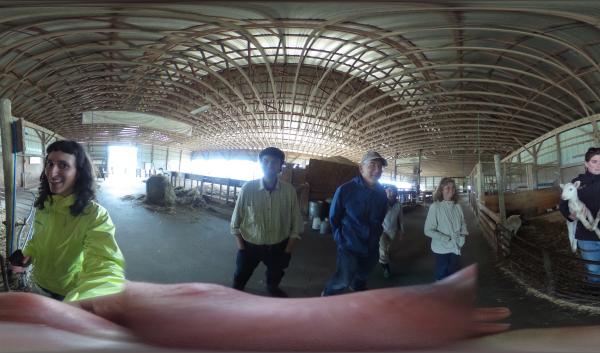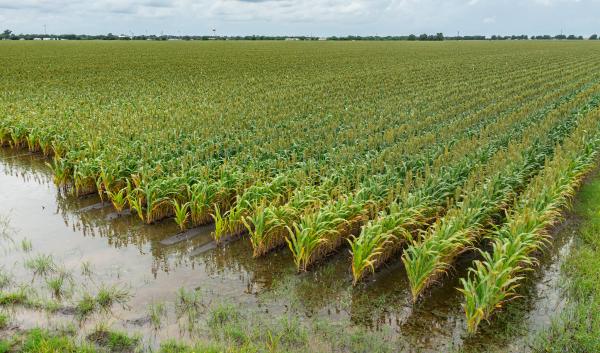Research & Data
Regional data and research are used to create decision-support resources (i.e. informational products and tools created to help producers adapt to the effects of a changing climate). These decision-making resources are built on research and data such as climate modeling and analysis, climate trends and variations, greenhouse gas monitoring, climate data scenarios, and historical climate data and research.
These decision-support resources assist producers, enabling them to establish economic opportunities, proactively manage risks, reduce impacts and costs over time, and sustain agricultural yields in a changing climate.
Continue to the full text of Regional Data and Research or browse related content:
-
Breeding drought-tolerant pearl millet using conventional and genomics approaches: Achievements and prospects
Reviewed and discoursed the advancements in conventional breeding, progress in genomic resources development and…
-
Strengthening Climate Change Collaboration in Ethiopia
In collaboration with the U.S. Agency for International Development, the U.S. Forest Service works with Ethiopia…
-
Without Water There Is No Agriculture: ARS's Road Map for Water Research to 2050
Please see the full publication here.
-
Opportunities with the USDA Climate Hubs
Here are recently posted positions, post-docs, and fellowships that are available with one of the regional Climate Hubs.
-
Turn the Tap: A Focus on Soil Moisture Education
To help farmers improve their irrigation efficiency and gain greater knowledge on how to monitor soil moisture…
-
Climate Leadership Legacy: Interviews with Dr. David Hollinger
Listen to a short collection of recorded conversations with Dr. David Hollinger on becoming and being a research…
-
Daily runoff forecasting in agricultural watersheds: A promising tool for nutrient management
When rainfall occurs shortly after nutrient application, nutrients like nitrogen and phosphorus can be quickly…
-
Testing the Novel Shallow Well at Hart Farm in Maine
In 2021, Hart Farm installed a shallow well to serve as their main source of irrigation water for their vegetable crops…









